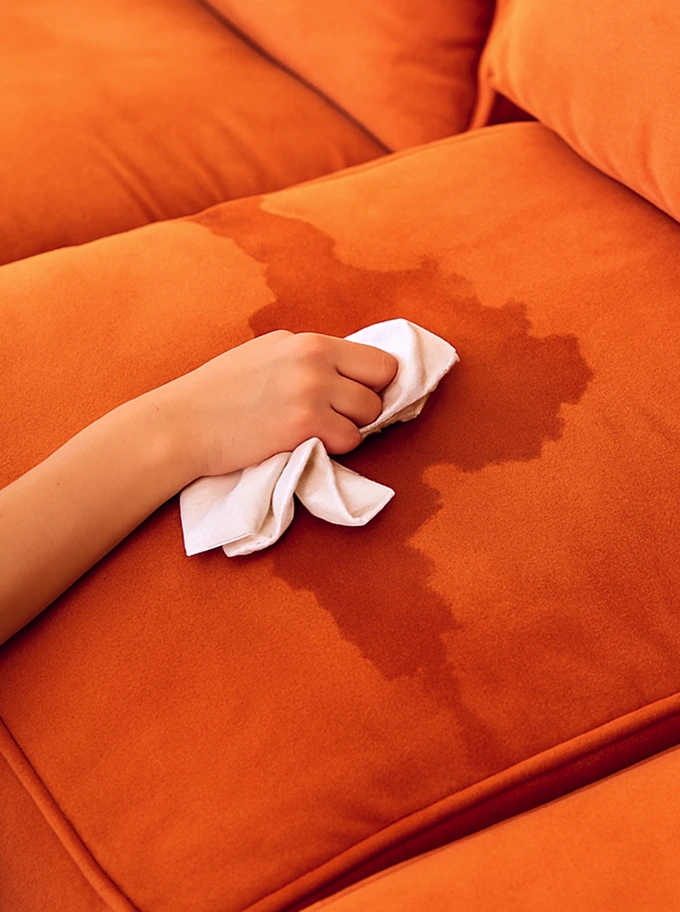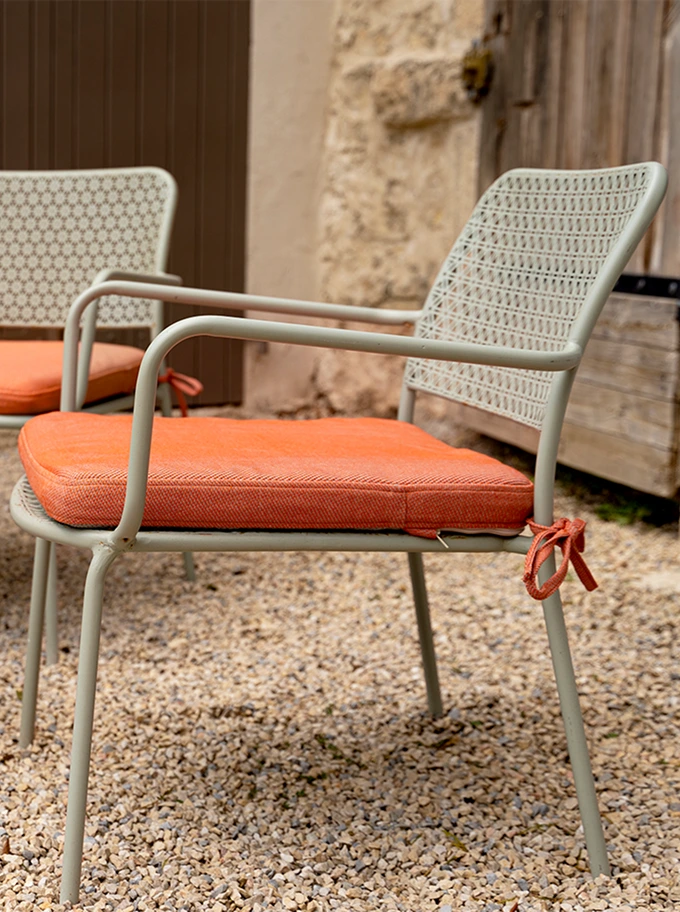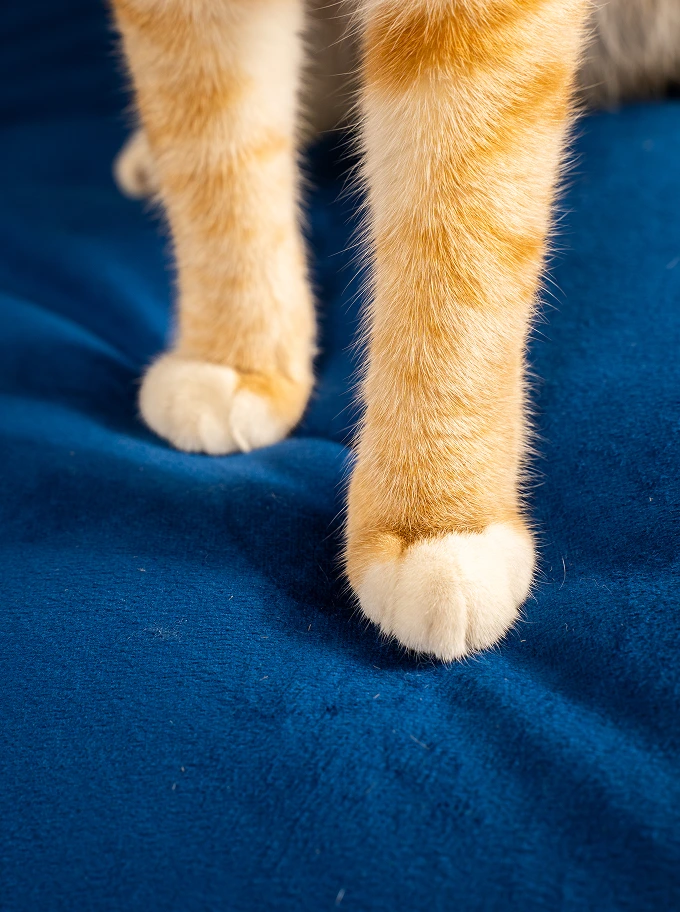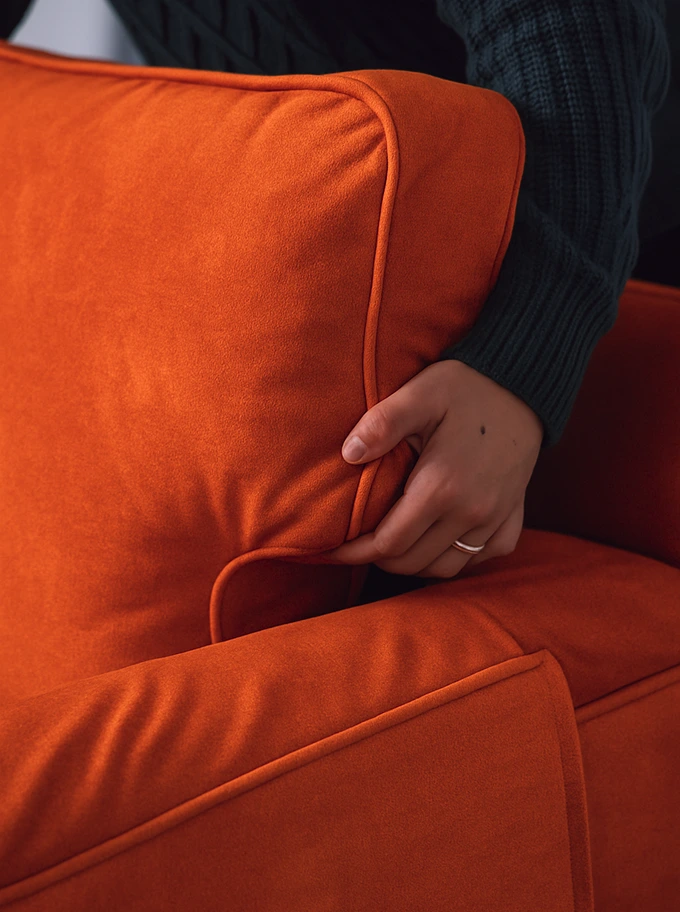
Find yourself Googling “how to clean a couch” in a desperate attempt to find top tips to remove fabric stains? The prongs of guests have dissipated and the family gatherings are over, but the fall-out from entertaining is somehow worse than last year.
You’ve packed away the Christmas decorations, vacuumed the New Year confetti and wiped all the glass and wood surfaces. On your sofa you spot wine stains courtesy of your mother-in-law and smudged chocolate cake by the kids.
The strong aftershave of Uncle Anthony still lingers on the sofa arm he fell asleep on and there are suspicious marks on the spot your dog likes to sleep on.
Your couch is crying for help.
Buying a new sofa is not an option but the task ahead of you seems impossible. Should you avoid water-based cleaners? Does steam ruin fabrics?
Do sustainable cleaning methods work? Are all professional cleaners trustworthy? Fret not, we’ve got you covered. Before you grab on to the nearest spot cleaner, you need to understand your sofa better.
How to clean a couch: Start by knowing your couch
Refer to the brand you bought your sofa from, and they will often have a guide on how to clean your couch. However, if you have a thrifted piece or just don’t know what brand you have, you can start by looking for the label.
Most upholstered furniture come with codes so you know what works best with the material. These codes are just a bunch of letters so here’s what they mean:
- W – This means you can use water to clean (not necessarily that it can be machine washed). Water-based cleaners are the way to go.
- S – This stands for solvents, such as acetone and methanol.
- W/S – This code means you can use water-based cleaners or solvents. Martha Stewart’s blog suggests spot testing both to see which works best.
- X – This indicates that you should not use any liquids to clean your sofa. Stick to a vacuum or brush.
Now that you’ve been able to get to know your sofa better, it’s time to explore cleaning methods that actually work (and debunk the ones that don’t).
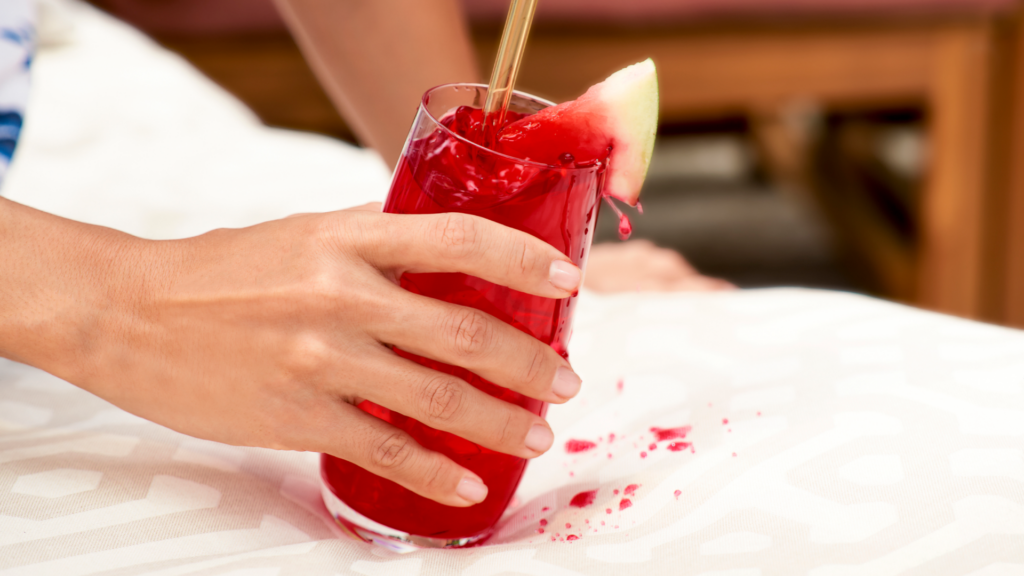
Top sofa cleaning myths debunked
Myth 1: Steam cleaning will ruin your sofa fabric
Fact check: Steam cleaning is often safe and effective — but only if done correctly.
Steam cleaning can be a lifesaver for heavily soiled sofas, especially synthetic or durable fabrics.
Even TikTok sensation Madame Sweat, who is a home and body hygiene expert, lauds the benefits of a steam cleaner. She adds that this tool can get rid of 99% of bacteria and odour.
However, using too much steam or applying it to the wrong material, like delicate velvet or untreated natural fibres, can lead to water stains or even shrinkage.
What to do instead:
- Always check your sofa’s care tag for cleaning codes like “W” (water-based cleaner) or “S” (solvent-only cleaner).
- If steam is an option, start on a low setting and test it in an inconspicuous area.
- Use a microfibre cloth to blot excess moisture and speed up drying.
Myth 2: All ‘machine-washable’ fabrics can be washed in hot water
Fact check: Machine-washable doesn’t mean “indestructible.”
While many modern slipcovers and cushion covers boast machine-washable labels, that doesn’t mean you can toss them in on any cycle. Hot water can fade colours, shrink fabrics, or damage the integrity of the weave.
What to do instead:
- Opt for cold water and a gentle cycle for most fabrics.
- Stick to mild detergents, as harsh chemicals can encourage quicker wear.
- Air dry your covers, as the dryer might shrink them.
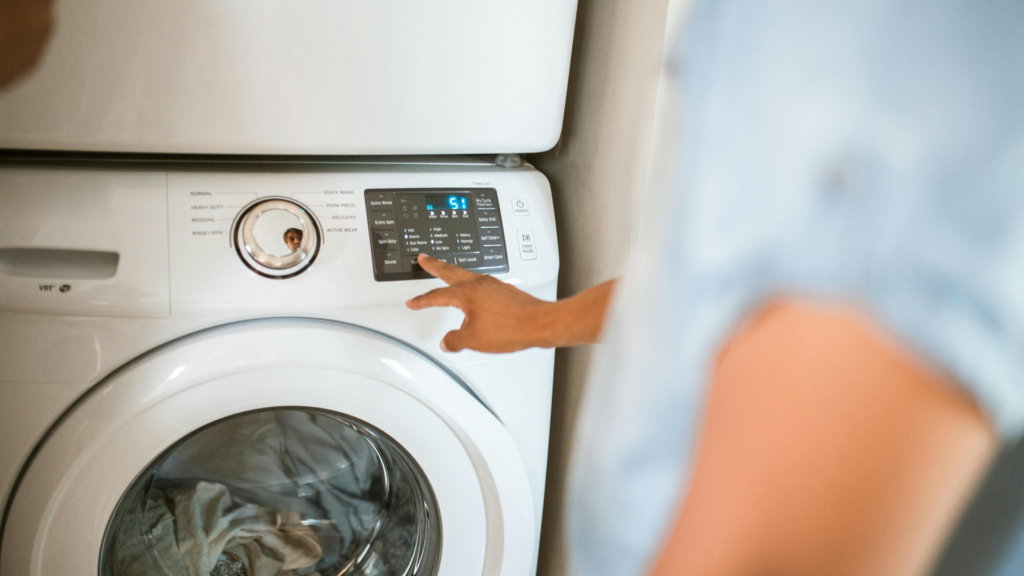
Myth 3: Professional sofa cleaners are always the best option
Fact check: Professional cleaners aren’t your only solution.
Yes, professional cleaners have specialised tools and knowledge, but not all services are created equal. Some use harsh chemicals that may damage your sofa, and their effectiveness often depends on the fabric type.
What to do instead:
- Reserve professional cleaning for stubborn stains or delicate materials like antique velvet.
- Even with a professional cleaning service, do your research and find one that has good reviews and uses the right products.
- For general upkeep, invest in a fabric-safe cleaning solution and vacuum regularly.
- DIY solutions like baking soda or diluted dish soap can handle most everyday spills.
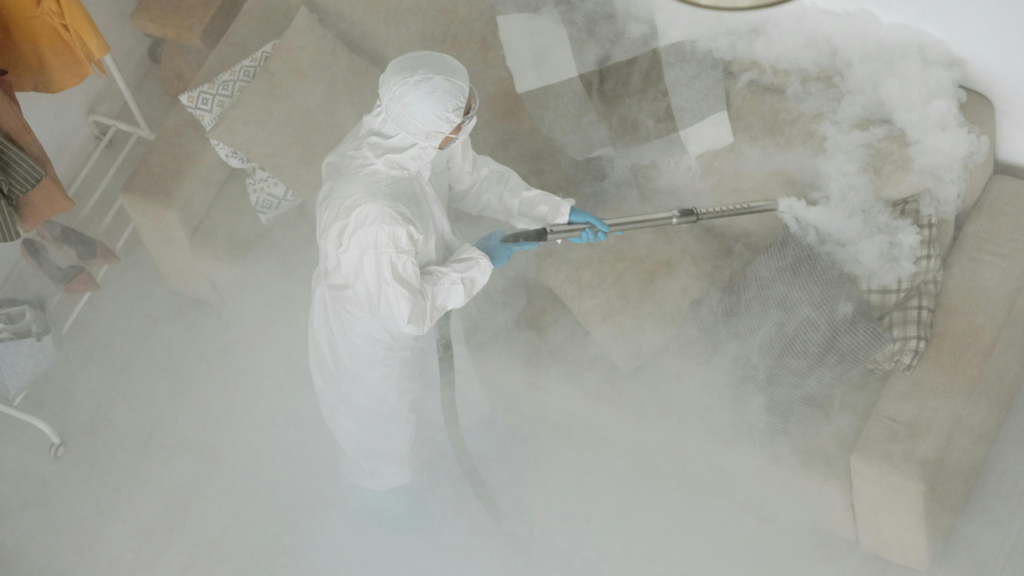
Myth 4: Vinegar and baking soda work for every stain
Fact check: While effective in many cases, these natural remedies aren’t universal.
Vinegar is great for odour removal, and baking soda can lift light stains, but they’re not miracle workers. Using them on delicate fabrics or untreated leather can cause discolouration or damage.
What to do instead:
- Use vinegar and baking soda on durable, stain-resistant fabrics.
- For tougher stains like ink or grease, opt for a specialised cleaner designed for your sofa material.
- ALWAYS test DIY solutions on a hidden area first.
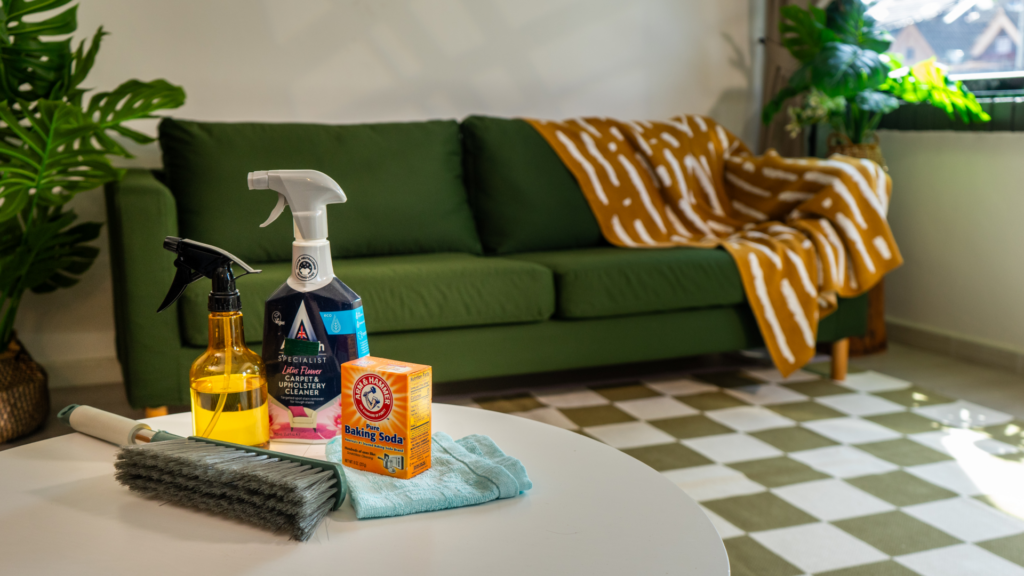
Myth 5: Pet hair requires special tools
Fact check: You don’t need to spend a fortune on pet-hair gadgets.
While fancy pet-hair removers might look tempting, everyday tools like rubber gloves or a damp sponge can work just as well. Even the humble BÄSTIS lint-roller from IKEA will do the trick.
These methods create static to pull hair off the fabric easily.
What to do instead:
- Put on dampened rubber gloves and run your hand over the sofa. This should pick up majority of the pet-fluff.
- Use a lint roller or adhesive tape for quick touch-ups.
- Consider machine-washable slipcovers for a long-term pet-friendly solution.
- You could also choose a pet-friendly sofa cover.
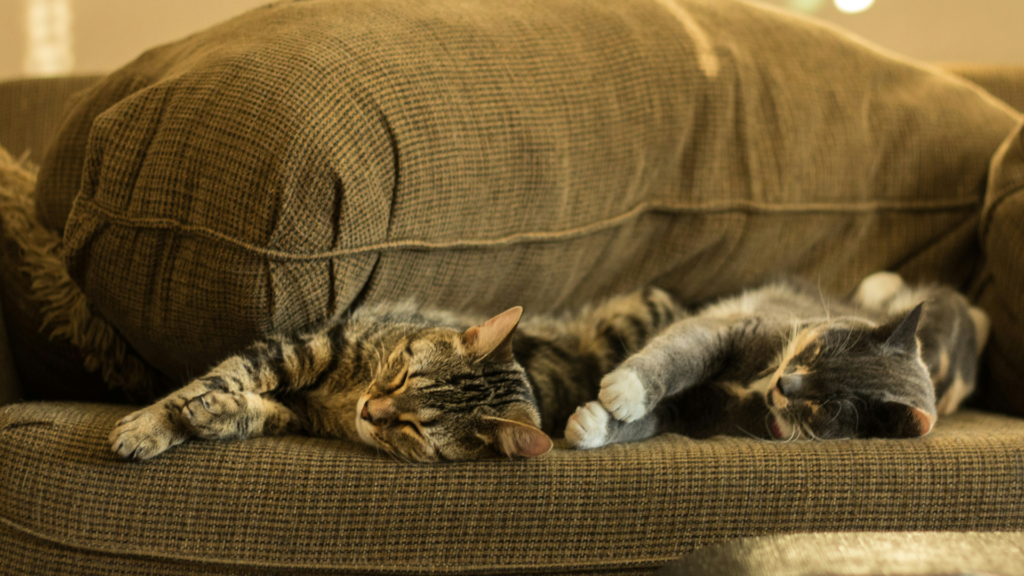
Myth 6: Water-based cleaners will stain your sofa
Fact check: Water isn’t the enemy — it’s how you use it that matters.
Many believe that water-based cleaners leave stains, but this usually happens when fabric is oversaturated or improperly dried. Used sparingly, water-based solutions can safely remove most stains.
What to do instead:
- Dampen a microfiber cloth with the cleaner and blot the stain gently — don’t soak it.
- Follow up with a dry cloth to absorb any excess moisture.
- Use a fan or hairdryer on a low setting to speed up drying.
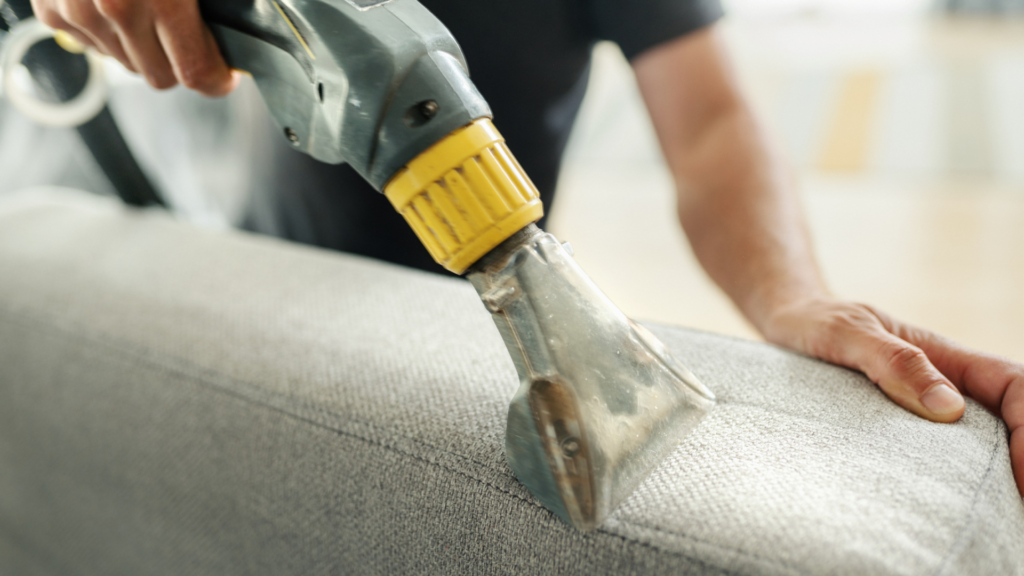
Myth 7: You can’t remove old stains
Fact check: It’s harder, but not impossible.
Set-in stains require more elbow grease and the right cleaner, but they don’t have to be permanent. Enzyme-based cleaners are particularly effective at breaking down tough organic stains like food or pet messes.
If you’re specifically looking to remove smells, check this article out.
What to do instead:
- Apply an enzyme cleaner directly to the stain and let it sit for 15–30 minutes.
- Gently scrub with a soft brush or cloth before blotting with water.
- Repeat as needed for stubborn stains, but avoid overwetting the fabric.
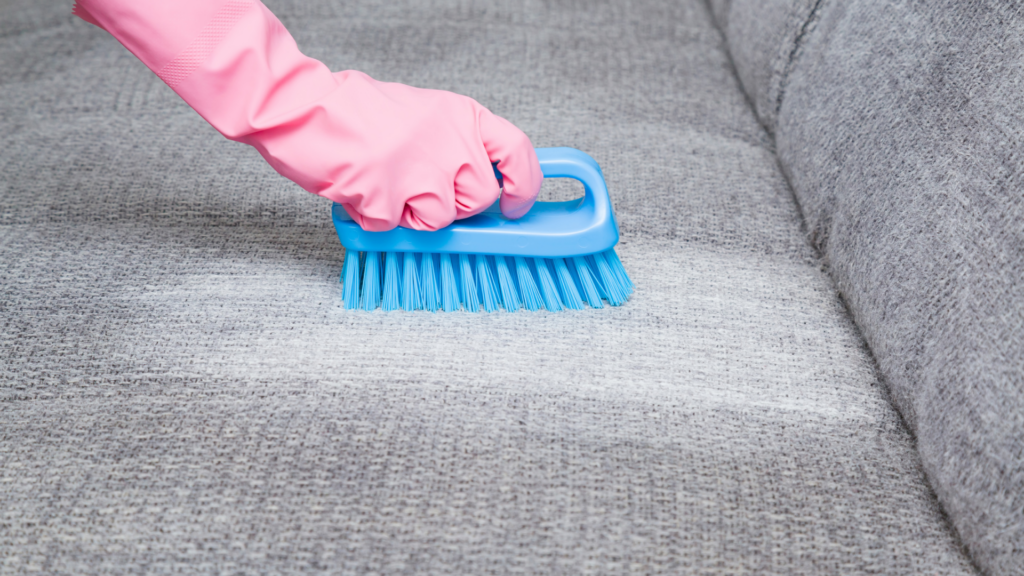
Myth 8: You should clean your sofa only when it looks dirty
Fact check: Regular cleaning is essential for longevity.
Waiting until visible dirt appears means that grime, sweat, and dust mites have already settled deep into the fabric. Routine maintenance prevents build-up and extends your sofa fabric’s lifespan.
What to do instead:
- Vacuum your sofa weekly to remove dust and debris. A regular vacuum would work, but if you’ve got a dust-mite one, even better.
- Use a fabric refresher spray or sprinkle baking soda to keep odours at bay.
- Deep clean every 6–12 months, depending on usage.
How to clean a couch: Prevention is better than cure
The holiday season was stressful enough, and your sofa should not be adding to that. The headache of figuring out how to clean a couch is halved if you have a Comfort Works slipcover.
Our performance sofa covers are equipped to handle everyday mishaps and spills, allowing you to live life fully.
Summary
The holidays may be over, but your sofa is still holding onto the evidence — wine stains, cake smudges, and the lingering scent of Uncle Anthony’s aftershave. Cleaning your couch might seem like an overwhelming task, but with the right approach, it doesn’t have to be.
Before reaching for the nearest cleaner, start by checking your sofa’s care label. Understanding whether it needs water-based cleaning, solvent treatments, or just a good vacuum will save you from making costly mistakes. And while the internet is full of DIY hacks, not all of them work. Steam cleaning? Safe when used correctly. Vinegar and baking soda? Great, but not for every stain. Professional cleaners? Sometimes necessary, but not always the best (or cheapest) option. The key is knowing what works for your sofa.
The best way to avoid deep-cleaning disasters? Prevention. Regular vacuuming, spot cleaning, and investing in a washable slipcover can keep your couch looking fresh with minimal effort. And that’s where we come in — Comfort Works’ machine-washable sofa covers give you an easy, stylish solution to post-holiday (and everyday) messes.
So, instead of stressing over stains, why not just slip a new cover on? Find Your Perfect Sofa Cover and let your couch breathe a sigh of relief!











